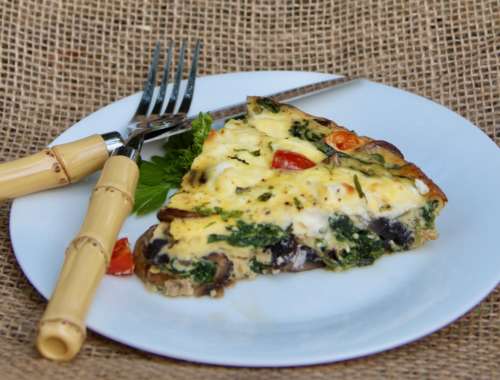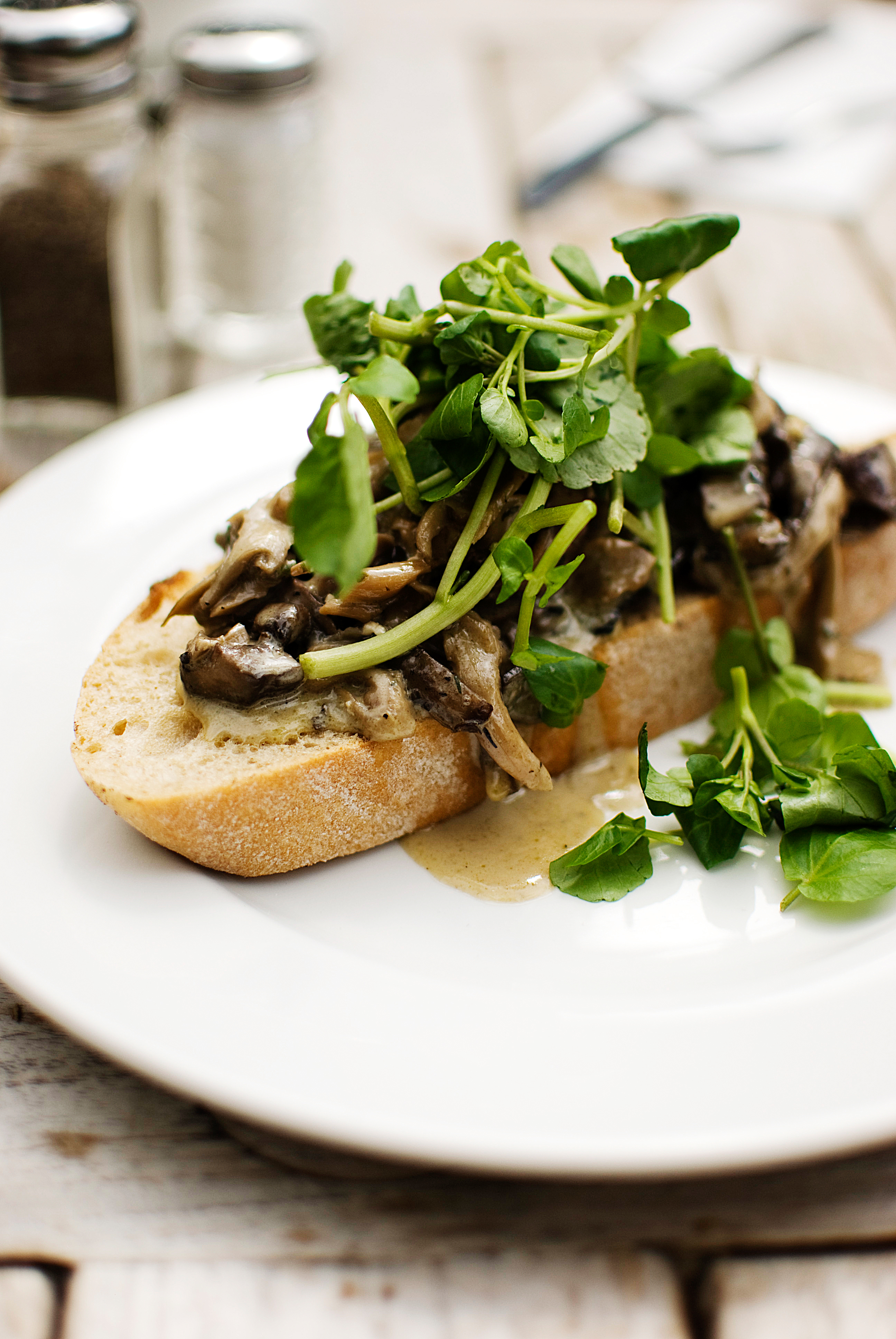p-content/uploads/2012/10/Barmbrack-300×225.jpg” alt=”Scarily good barmbrack” width=”300″ height=”225″ /> Scarily good barmbrack
Happy Feast of the Dead!
With Halloween just around the corner, we thought it would be fun to bring an old story back to life. It’s a story from 2007 that was pretty popular because it featured a yummy, seasonally appropriate recipe. Dig in.
If you’re being Irish this Halloween, first, you need to call it Samhain, which, of course, is not pronounced at all as it looks. (We checked the message boards of the Daltai na Gaeilge and they say, “sa-whin. The a in sa should rhyme with the a in ‘a-ha!’ and there is a slight ‘wh’ as in ‘who’ and then win.”)
Most experts agree our Halloween has Celtic origins. In the old days, people believed that as summer gave way to fall (which it’s showing little signs of doing these days), the dead roamed the earth, so to keep them outside, the Irish would leave little offerings of food on their doorsteps. Today, those little offerings of food include bite-sized Snickers, which seem a bit trivial when you’re dealing with the dearly departed, but what do we know?
The ancient Celts may have been trying to keep the dead away from their Barmbrack cakes, which is a traditional Samhain food. Really a fruit bread, it’s usually studded with little items–a rag, a coin, and a ring–that presage your fortune for the next year. If you get the rag, you have probably invested unwisely in bank stocks and can look forward to a miserly year. If you get the coin, most of your money is tied up in safe investments or in an ING account where it is multiplying like bunnies. Getting a ring is a sign of impending romance, continued happiness, or, if it’s an emerald-cut diamond in a platinum setting, a current romance that is moving to the next level. We made some of that up.
In any case, it’s a yummy cake, and Margaret Johnson, author of “The Irish Pub” and “The Irish Spirit” cookbooks, who has shared recipes with us in the past, offers this delicious version that does not contain any of those crunchy ingredients.
Barmbrack
3 cups flour
1 teaspoon grated nutmeg
1/2 teaspoon salt
1/4 cup (1/2 stick) butter
3/4 ounce active dried yeast
2 tablespoons sugar
1 1/4 cups milk
2 eggs, beaten
1 1/2 cups golden raisins
1 1/2 cups currants
1 cup candied mixed peel
In a medium bowl, sift together the flour, nutmeg, and salt. With a pastry cutter, blend in the butter until it resembles coarse crumbs. In a separate bowl, combine the yeast with 1 teaspoon of the sugar. Add the remaining sugar to the flour mixture and blend well.
In a saucepan over medium heat, heat the milk to just below boiling then add to the yeast and sugar. Stir in the all but a little of the eggs (reserve a tablespoon for use as a glaze) and add to the dry ingredients. Knead lightly to produce an elastic dough. With a wooden spoon, fold in the fruit. Transfer to a well-greased 8-inch round cake pan. Cover with a clean cloth and leave in a warm place to rise (it should double in size in about 1 hour.) Preheat oven to 400°F.
Brush the top of the brack with a beaten egg to glaze. Bake until golden, or until a skewer inserted into the center comes out clean, 50 to 60 minutes.
Serves 8.


